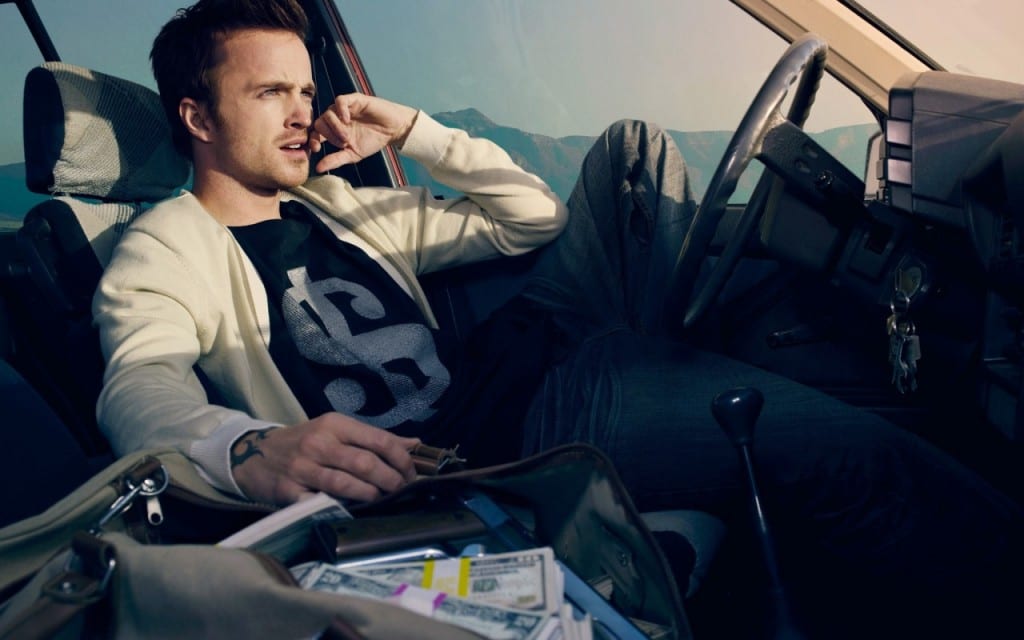
Carey Mulligan as daisy Buchanan wearing the crystal dress from Prada and a Tiffany & Co headpiece
This year there were some outstanding nominees for the Best Costume Design Academy Award. We take a look at the sparkling dresses, period pieces and flapper fashion in the films.
Firstly, this year’s winner was Catherine Martin for The Great Gatsby. The adaptation of F. Scott Fitzgeralds 1920s novel was always going to be visually impressive, directed by Baz Luhrmann, starring Leonardo DiCaprio and Carey Mulligan and featuring pieces from the archives of Prada and Miu Miu.
Martin has said that she thinks there were up to 1000 costumes in total used in the film and 1,400 metres of French lace. While the costumes were certainly in the 1920s flapper style, they weren’t ‘old fashioned’. Baz Luhrmann said from the beginning ‘I want it to feel as viscerally alive and sexy as New York felt to Fitzgerald back in the Twenties’, not a sepia toned New-York.
Catherine Martin worked closely with Miuccia Prada on the wardrobe producing pieces that that were slightly modernised styles of fashions from the 1920s and sometimes the 1930s. Martin selected forty dresses from the Prada and Miu Miu archives that were adapted and worn in the film by various actresses including the Carey Mulligan as protagonist Daisy Buchanan.
The stunning crystal dress worn by Mulligan when Daisy finally attends one of Gatsby’s infamous parties was adapted from a Spring Summer 2010 Prada dress. Martin also partnered with Brooks Brothers for the men’s suits and Tiffany & Co for the spectacular jewellery. Tiffany & Co are now selling a range of jewellery inspired by the pieces in the film, the Jazz Age Glamour collection.
Michael Wilkinson was the designer behind the American Hustle wardrobe. Set decades after The Great Gatsby, the costume in the seventies film is equally striking.
There is a strong connection between the characters and their clothes in American Hustle and as they are conning and changing their game, their wardrobe fluctuates. “Each character has such a powerful and direct connection with their clothes and they’re really using them to reinvent themselves constantly as part of their hustle,” said Wilkinson in an interview with the Telegraph.
Amy Adams’ character Sydney is a strong female con artist (for the most part of the film) and her wardrobe reflects her demeanour; full of plunging necklines and powerful pieces. Most of Adams’ wardrobe was bespoke, created in the style of stars from the time (think Faye Dunaway and Jerry Hall). Several pieces were also sourced vintage from Gucci, Diane von Furstenberg and Valentino.
Jennifer Lawrence’s Rosalyn is a complete juxtaposition; she is chaotic, messy and over the top. Wilkin said of her character, “with her clothes she wasn’t quite getting it right, she was so in her own mixed-up, mental landscape that she was never quite sure what was appropriate to wear “. One of Lawrence’s most striking dresses was a very tight white piece worn later in the film in a pivotal scene.
Wilkinson also had fun designing the male characters wardrobe, “It was a rather expressive and exuberate time for clothes for men”. For Bradley Cooper’s FBI worker Ritchie Wilkinson chose ill-fitting polyester suits and ‘garish ties’ to match his (impressive) perm. But as he gets to know Sydney and Irv (Christian Bale) he begins to understand the effect that clothes have on other people. He wears silk shirts and three piece suits, exploring the power that his clothes can have on the people around him.
Other Oscar nominees for this year’s Best Costume Design Award were William Chang Suk Ping for The Grandmaster, Michael O’Connor for The Invisible Woman and Patricia Norris for 12 years a Slave.









